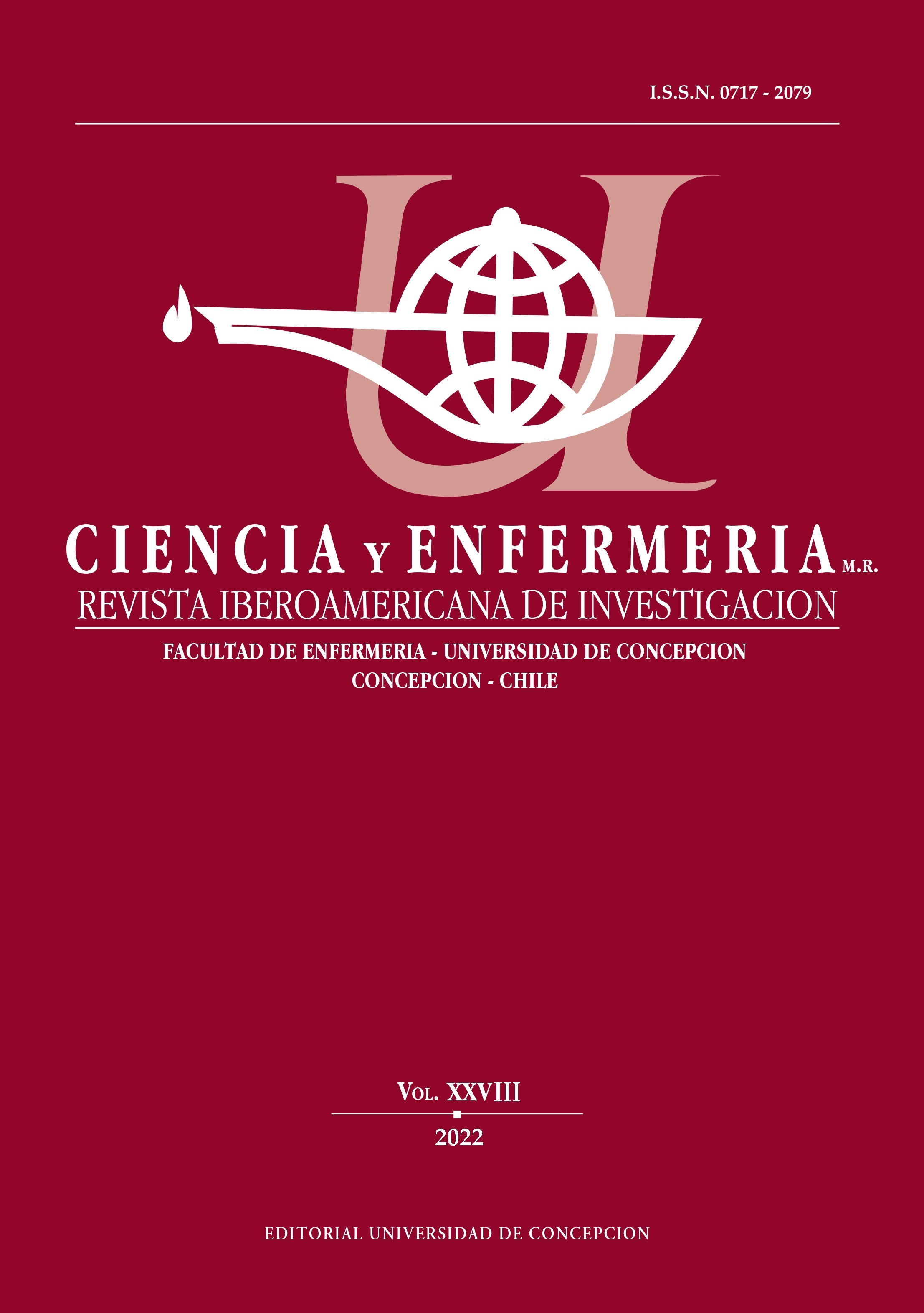FACTORS ASSOCIATED WITH EARLY HOSPITAL ARRIVAL IN PATIENTS WITH ISCHEMIC STROKE
DOI:
https://doi.org/10.29393/CE28-26FAEC80026Keywords:
Stroke, Thrombolytic Therapy, Emergency Nursing, Emergency Medical Services, Health Services, AccessibilityAbstract
Objective: To identify the factors associated with early hospital arrival of patients with ischemic stroke in a public hospital of Brazil. Materials and Methods: Cross-sectional study carried out with 220 patients affected by ischemic stroke, who were admitted to the neurology unit of a hospital in the city of Salvador, Bahia, Brazil. Patients were divided into an early group (time from the symptom onset to hospital admission ? 4.5 h) and a late group (time from the symptom onset to hospital admission > 4.5 h). Pearson’s Chi-square and Fisher’s exact tests were used to associate hospital admission time and sociodemographic, clinical and neurological data. Results: 81 patients (36.8%) underwent venous thrombolysis, although 157 patients were admitted within the thrombolytic window. Factors associated with early hospitalization were being a resident in the city of Salvador (p< 0.001), use of private car/taxi (p= 0.029), recognition of stroke symptoms (p= 0.007), decision time within 30 min to seek a health service (p< 0.001), initial search for the neurological referral hospital (p= 0.005). There were no statistically significant factors for hospital delay factors. Patients who reached ? 4.5 h were able to undergo venous thrombolysis (p< 0.001). Conclusions: Most patients arrived at the referral hospital within the thrombolytic window; however, less than half of the sample had access to therapy. These results may contribute to health services planning, as well as patient guidance.
Downloads
Published
How to Cite
Issue
Section

This work is licensed under a Creative Commons Attribution 4.0 International License.













